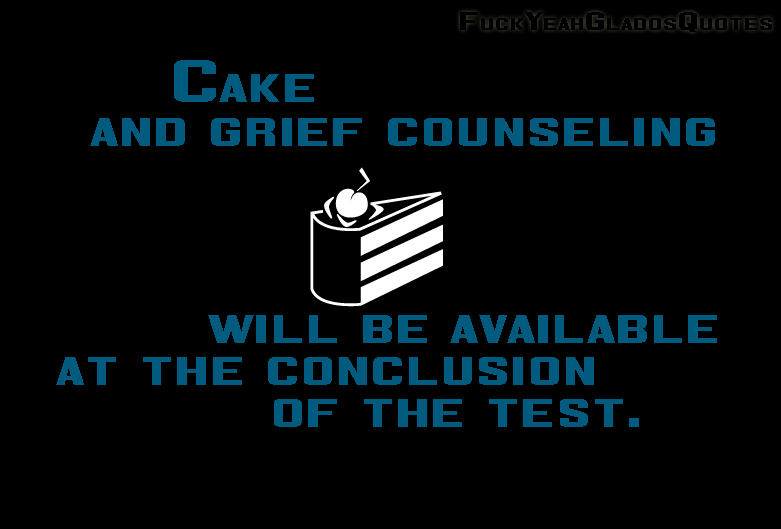The Lie Is a Cake: A misleading facade, usually offered with alluring appeal, however finally revealing a hole core. This exploration delves into the intricate nature of lies, inspecting how they’re constructed and offered, and why they so usually succeed of their preliminary deception. We’ll uncover the methods behind crafting these meticulously designed illusions and dissect the psychological underpinnings that make them so convincing.
From the seemingly harmless white lies to the calculated machinations of elaborate deception, the “Lie is a Cake” explores the assorted manifestations of falsehood. We’ll look at how the narrative is spun, highlighting the emotional and psychological triggers that make these fabrications stick. This deep dive goes past the floor stage, delving into the artwork and science of crafting lies that appear undeniably true, and the motivations behind them.
We have all encountered conditions the place the reality, like a uncooked, unappetizing ingredient, feels bland in comparison with a meticulously crafted, sugary lie. However what if I advised you that lie, that fastidiously constructed facade, is definitely a scrumptious cake? This is not about sugarcoating; it is about understanding the intricate mechanisms behind deception and the way they operate, each in private interactions and on a bigger scale.
This exploration delves into the psychology, technique, and penalties of the “lie is a cake” phenomenon.
The Elements of Deception
Deception, like a cake, requires particular substances. These embody a well-defined purpose, a transparent understanding of the target market, and a meticulous plan to attain that purpose. Think about the fastidiously crafted narrative, the fastidiously chosen phrases, and the delicate physique language employed to construct the phantasm. These are the substances that kind the muse of the “cake,” making it palatable and persuasive.
The Position of Emotional Manipulation, The lie is a cake
Usually, deception is not nearly details; it is about interesting to feelings. Understanding the needs, fears, and vulnerabilities of the goal is essential. This understanding permits the “baker” to tailor the “cake” to evoke particular emotional responses, making the deception more practical. This emotional connection is commonly probably the most highly effective ingredient within the “lie is a cake” recipe.
Crafting the Good Deception
Simply as a baker fastidiously measures substances and follows a recipe, a deceiver usually meticulously plans their technique. This entails anticipating potential responses, making ready counterarguments, and contemplating the long-term penalties of their actions. The method is not at all times aware; typically, a misleading narrative develops organically, guided by unconscious motivations and discovered behaviors.
The Significance of Consistency
Sustaining consistency is vital to sustaining the phantasm. The “cake” should seem cohesive and plausible throughout completely different interactions. This entails making a unified narrative that aligns with earlier statements and actions, avoiding contradictions that might expose the deception. This consistency, like the proper icing on the cake, makes the lie seem extra real.
The Consumption of Deception
The “shopper” of the deception performs a significant function within the course of. Their beliefs, biases, and expectations can considerably impression how they understand and interpret the offered info. This explains why some people are extra inclined to deception than others. Elements like belief, prior expertise, and even cultural influences can form their notion.
The Unintended Penalties
Whereas the preliminary purpose of deception might sound innocent, the results will be far-reaching. The “cake” may fulfill a short-term want, however it could result in long-term harm to relationships, reputations, and even societal constructions. Simply as a poorly made cake will be disappointing, a poorly executed lie could cause important hurt.
Unmasking the Deception
Recognizing deception is essential for sustaining wholesome relationships and avoiding exploitation. Creating essential considering abilities and taking note of inconsistencies in language and habits will help establish potential lies. Studying to query motives and looking for a number of views can even provide help to differentiate between fact and falsehood.
Recognizing Pink Flags
Studying to identify crimson flags, like evasive language, contradictory statements, or uncommon habits, will help you discern when somebody is likely to be establishing a “lie is a cake.” This is not about suspicion; it is about being discerning and evaluating info critically.
Past the Cake: Making use of the Classes
The idea of “the lie is a cake” extends past private interactions. It may be utilized to understanding political rhetoric, advertising and marketing methods, and even historic narratives. Understanding how deception is constructed and consumed permits for extra essential evaluation of the knowledge we encounter each day.
The Significance of Transparency
Selling transparency and open communication can mitigate the results of deception. This could foster belief and create a tradition the place honesty is valued above manipulation.
[Image: A visual representation of a layered cake, representing the different components of a lie.]
[See also: Understanding Political Manipulation]

[See also: How to Spot a Liar]

[See also: The Psychology of Deception]
In conclusion, understanding the “lie is a cake” idea permits us to dissect the delicate methods behind deception. By recognizing the substances, the crafting course of, and the consumption patterns, we are able to develop the essential considering abilities essential to navigate a world the place fact and falsehood usually intertwine. Now, go forth and be discerning! Go away a remark beneath together with your ideas on the “lie is a cake” idea, or ask questions on any facet of this dialogue.
In conclusion, the “Lie is a Cake” reveals an enchanting tapestry of human habits. From the societal pressures to the private anxieties that drive these deceptions, we have unearthed the intricate dynamics at play. Finally, understanding the psychology behind the lie, its development, and its acceptance supplies essential insights into the human situation. This understanding empowers us to discern fact from falsehood, and to navigate the complexities of human interplay with higher readability.
High FAQs: The Lie Is A Cake
What are the several types of lies?
Lies can vary from innocent white lies to calculated deceptions used to control or deceive. The motives and penalties range tremendously relying on the kind of lie and the context wherein it is advised.
How do lies impression interpersonal relationships?
Lies can erode belief and harm relationships, typically irreparably. The extent of injury is dependent upon the severity of the lie and the character of the connection. Frequent mendacity can result in a breakdown in communication and create a local weather of suspicion.
Can lies be used for good?
Whereas typically thought-about destructive, lies can typically be used to guard others or create a optimistic end result, although these conditions are advanced and moral concerns have to be weighed fastidiously.
What are the long-term penalties of mendacity?
Mendacity can result in emotions of guilt, disgrace, and anxiousness. In the long run, a sample of mendacity can harm vanity and make it tough to kind and keep wholesome relationships. An individual’s fame and private integrity will also be severely impacted.
